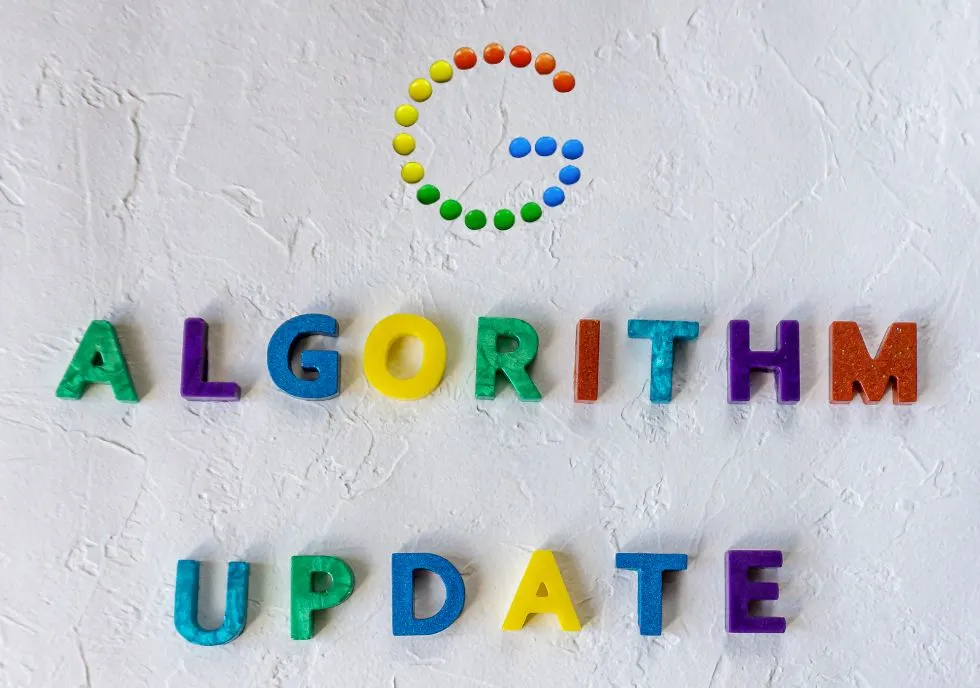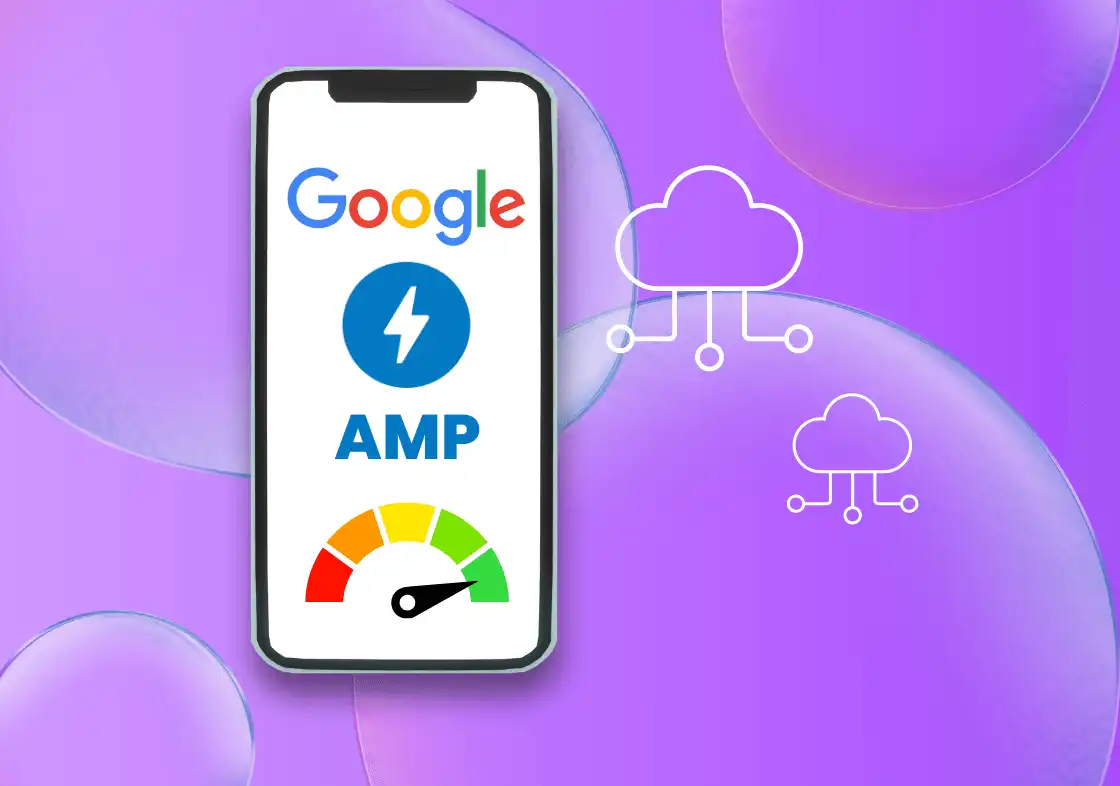Understanding the Basics of Python
Python is widely recognized as a favored programming language renowned for its user-friendly nature and adaptability. It was created by Guido van Rossum in the late 1980s and has since gained immense popularity among developers worldwide. Python is widely used for web development, data analysis, artificial intelligence, and more. One of the key features that make Python powerful is its support for object-oriented programming (OOP) paradigm. In this article, we will introduce you to the basics of Python and explore the fundamentals of objects in Python programming.
Python – A Simple and Powerful Language
Python is often praised for its clean and readable syntax. Unlike some other programming languages, Python code is designed to be easily understood by humans. Due to its ease of use and flexibility, Python is an ideal option for both newcomers and seasoned developers. Python’s simplicity does not compromise its power, as it offers a rich set of libraries and frameworks that facilitate various tasks.
What are Objects?
In Python, everything is an object. But what exactly is an object? An object is a specific instance of a class, which is a blueprint or a template for creating objects. Objects are the building blocks of Python programs and represent real-world entities or concepts. For example, you can create a class called “Car” that defines the common characteristics and behaviors of all cars. Each individual car you create from this class is an object.
Key Concepts in Object-Oriented Programming
Object-oriented programming is a programming paradigm that organizes code into objects, which interact with each other to accomplish tasks. There are three key concepts in OOP: encapsulation, inheritance, and polymorphism.
Encapsulation: Encapsulation is the practice of bundling data and methods that operate on that data within a class. It helps in achieving data hiding and abstraction, allowing objects to interact with each other through well-defined interfaces.
Inheritance: Inheritance allows one class to inherit the properties and methods of another class. The inherited class is called a subclass, while the class from which it inherits is called a superclass. Inheritance promotes code reuse and enables the creation of specialized classes based on existing ones.
Polymorphism: Polymorphism refers to the ability of objects to take on different forms or behaviors. It enables the usage of objects from various classes as if they belonged to a shared superclass. Polymorphism enhances code flexibility and simplifies complex code structures.
Creating and Using Objects in Python
To create an object in Python, you need to instantiate a class. Instantiation refers to the act of creating a specific example or occurrence of a class. Once you have created an object, you can access its attributes (data) and methods (functions) using dot notation. For example, if you have an object called “my_car” created from the “Car” class, you can access its attributes like “my_car.color” or call its methods like “my_car.start_engine()”.
Python’s Built-in Objects and Classes
Python comes with a rich set of built-in objects and classes that provide various functionalities. These include objects for strings, numbers, lists, dictionaries, files, and more. By utilizing these built-in objects, you can perform a wide range of operations without having to reinvent the wheel.
Extending Python with Custom Objects and Classes
Python allows you to define your own classes and create custom objects tailored to your specific needs. This empowers you to model complex systems and build reusable components. By defining classes and instantiating objects, you can organize your code in a structured and efficient manner.
Benefits of Object-Oriented Programming in Python
Object-oriented programming brings several advantages to Python development. Here are some key benefits:
Modularity and Reusability: Objects encapsulate data and behaviors, allowing code to be organized into modular components. This promotes reusability, as objects can be easily reused in different parts of the program or even in different projects.
Code Maintainability: OOP encourages clean and structured code, making it easier to maintain and update. Modifying a specific object or behavior does not require changing the entire codebase, reducing the risk of introducing bugs.
Abstraction and Data Hiding: Objects abstract complex systems by exposing only the necessary information while hiding the internal implementation details. This simplifies the usage of objects and provides a clear interface for interacting with them.
Scalability: OOP enables the development of large-scale projects by breaking them down into smaller, manageable objects. This makes it easier to extend and maintain the codebase as the project grows.
Collaboration: Object-oriented programming promotes collaboration among developers. By defining well-structured classes and objects, multiple developers can work on different components simultaneously without interfering with each other’s work.
Conclusion
Python’s object-oriented programming capabilities empower developers to build complex and scalable applications with ease. By understanding the basics of Python and objects, you have taken the first step toward leveraging the power.



